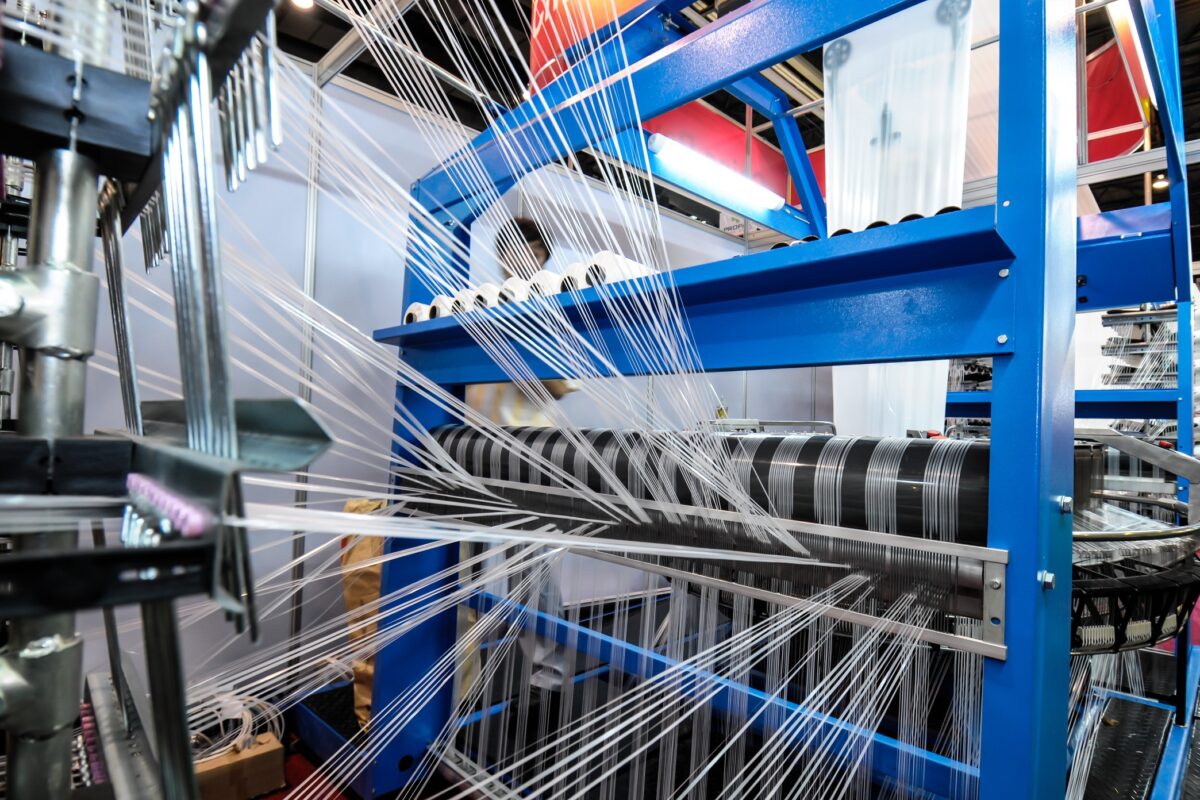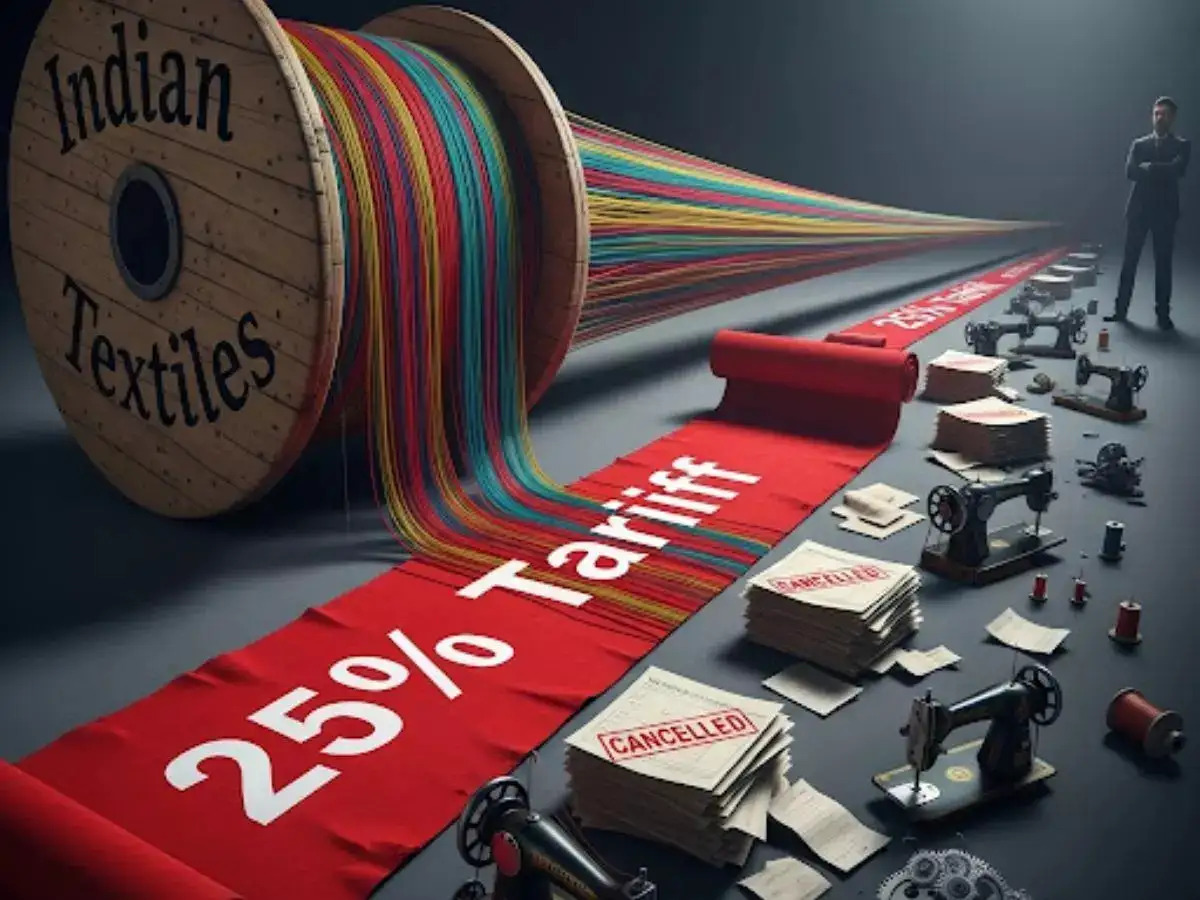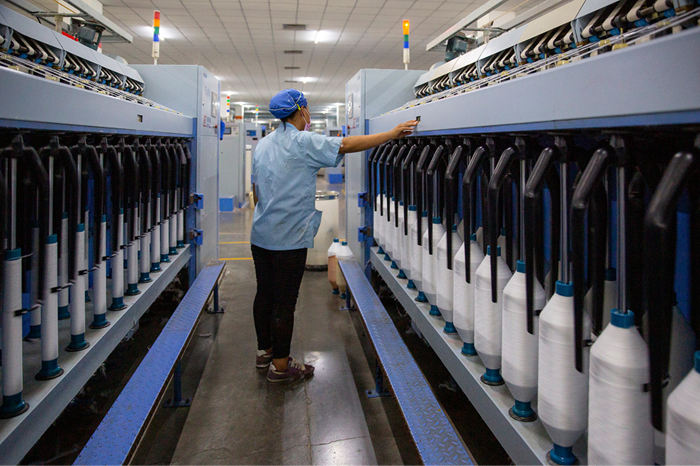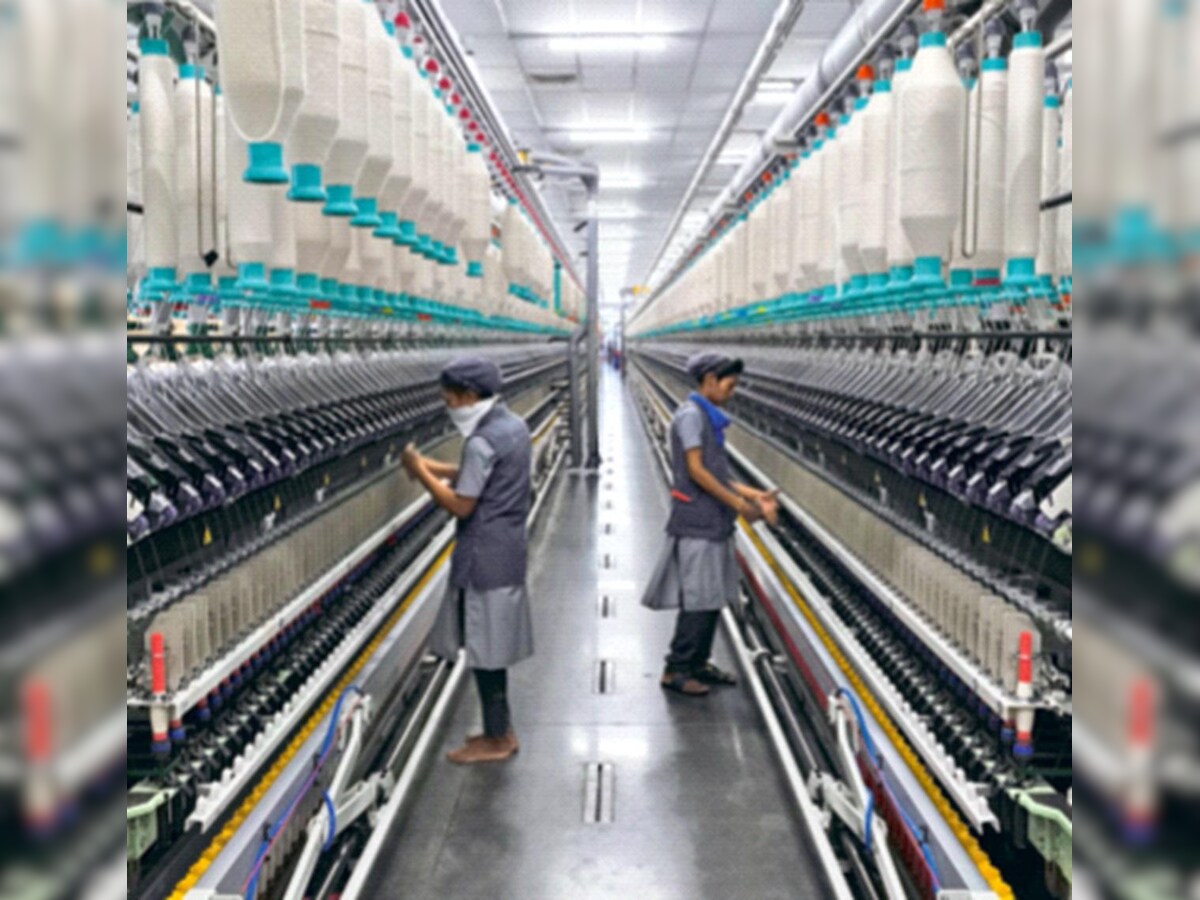FW
Gucci has opened a store in the US which will be the first in the world to feature the new Gucci DIY assortment including lettering in a variety of fabric and color combinations on unisex luggage and Ace sneaker.
A digital interactive tool will be unveiled at the store allowing clients to view their customized products in real time through AR technology.
The store houses women’s and men’s ready-to-wear, jewelry, accessories, and décor.
The design concept of the store was conceived exclusively to maintain the integrity of the original framework. The restored brickwork, wooden floors, tin ceiling, and iconic columns highlight the intricate cast-iron architecture that characterizes SoHo. Three different hand-painted floor designs, executed by Italian artisans, introduce color and pattern, while original steel tiles speak to the neighborhood’s industrial history.
Bold colors of turmeric orange and burgundy vivify the interior and seating is covered in Gucci prints and fabric. Luggage carts, freestanding furniture with stone inlay and vintage pharmacy fixtures display products throughout the space. Reinforcing the industrial spirit of the building, custom brass fixtures frame the brick walls.
In addition to an interactive LED wall, the store also debuts 3D video display. These innovative screens feature glasses-free 3D technology and will immerse viewers into the realm of Gucci.
Stoll, Germany’s leading 3D knitting machinery company, and Myant, Canada's leading textile computing company, are proud to announce the launch of their Digital Textile Factory.
The Digital Textile Factory provides the foundations for the mass application and adoption of Textile Computing, a new industry category that merges advancements in engineering and material science, to provide textile-based solutions for companies wanting to innovate and connect textiles to the world of IoT.
Stoll’s 140 years of producing 3D knitting machinery and software, transferring textile knowledge, and establishing ‘Knitelligence,’ or knitting innovation, along with Myant’s proprietary technology related to biometric sensing and actuation via textile combine to deliver valuable solutions for partners and customers at a global scale through an accessible virtual network.
The Digital Textile Factory of Myant and Stoll will set a universal standard for distribution across various industries including, but not limited to, automotive, health and wellness, industrial, agrotech, lifestyle, gaming, apparel, medical, military and aerospace, and safety.
Myant and Stollwelcome inventors, academic centres, research facilities, medical institutions, startups, etc. to visit us at Techtextil North America in Atlanta, GA on May 22nd to 24th, 2018.
Hong Kong-based Li & Fung has signed an agreement with US firm Softwear Automation. The agreement will initially cover the manufacture of T-shirts.
Softwear Automation has developed a Sewbot autonomous sewing workline for the production of pillows, footwear, car mats, bath mats and towels.
Sewbot allows just one employee to man an entire production line and can produce a T-shirt in just 22 seconds. The bots can cut and sew a new shirt every 22 seconds from very soft and flexible fabric. The designs can also be changed very swiftly according to market demand.
The agreement is a key plank in Li & Fung’s three-year plan, which seeks to accelerate the process of supply chain digitisation in the apparel and footwear industries. Through this collaboration the company wants to partner with an initial set of manufacturers to create a first fully digital apparel supply chain and use those learnings to scale the technology and create customised solutions for its supplier network around the world.
The partnership with Softwear Automation is another building block in Li’s end-to-end digital supply chain.
The development of sewbots is one of the true game changers for the fashion industry. Consumers’ demand to get things faster, quicker and more unique than ever before is increasing. Sewbots enable the speed needed for on-demand, made-to-measure manufacturing, at scale.
For the first quarter, L Brands’ net sales rose eight per cent compared to the first quarter of 2017. Comparable sales for the period rose three per cent.
Net sales for the four weeks ended May 5, 2018, were up four per cent as compared to the four-week period ended April 29, 2017. Comparable sales, however, were flat, negatively impacted by Easter’s shift from April to March this year.
The month’s performance continues the roll of net sales improvements that L Brands has been reporting since January, although the rise is comparatively low compared to previous months, in which net sales growth oscillated between seven per cent and 11.5 per cent.
The company now expects to see first quarter earnings per share at the lower end of its previous guidance.
L Brands is an international company that sells lingerie, personal care and beauty products, apparel and accessories. Among its brands are Victoria's Secret, La Senza and Henri Bendel. The company operates more than 3,000 company-owned specialty stores in the United States, Canada, the United Kingdom, Ireland and Greater China, and its brands are sold in more than 800 franchised locations worldwide.
A decline in lingerie sales and Victoria's Secret Pink brand of apparel dragged down overall results.
Hyosung will build a spandex plant in Maharashtra. The factory is expected to be completed by 2019. It will be used for the production of Hyosung’s spandex fiber Creora. The company is also investing in testing and analysis, which will include capabilities in circular and warp knitting, weaving, core spinning and yarn covering.
Last summer, Hyosung went into a partnership with French textile mill Sofileta. This mill has the capability to integrate fabric and fiber technology to develop leading edge products. And Hyosung can strengthen its presence in the European market.
Hyosung offers a broad range of high quality, competitively-priced fiber technologies throughout the global apparel value chain. The spandex range includes Creora dyeable spandex, Creora black spandex and Creora fresh spandex.
Hyosung is a Korean fiber and yarn company. Hyosung is the largest elastane producer in the world and first developed its own process for manufacturing spandex in 1992. Creora is a brand belonging to Hyosung.
The company has a global network of more than 36 subsidiaries and international offices around the world. Creora is produced in facilities around the world, including Korea, China, Vietnam, Turkey and Brazil.
Hyosung wants to take Creora’s share in India’s spandex market to 70 per cent.
Performance Days was held in Germany, April 18 and 19, 2018. This is a fabric fair for the sourcing of high performance functional fabrics and accessories and is about new trends and new fabrics in active wear. The fair offers visitors everything from textiles, to yarns, finishes and accessories.
The event celebrated its tenth anniversary and recorded an increase in the number of visitors as well as in the levels of exhibitor and visitor satisfaction.
Compared to the previous year, 22 per cent more visitors made the trip to the event. At the same time, the ratio of international visitors increased. Visitors, in particular, appreciated the comprehensive information and the framework agenda. Both days featured expert lectures, guided tours, and workshops on various topics. Trends in fibers, fabrics, and colors played an important part.
Exhibitors submitted new materials that were reviewed and edited by an independent jury to select the best and most interesting ones for display. Along with these innovations, the so called Marketplace was newly launched, where stock fabrics without lead time in small quantity were available.
Visitor satisfaction increased from 79 per cent of the previous fair to 87 per cent in April 2018. The exhibitors also reported high levels of satisfaction.
The French Government is to ban fashion companies from throwing away unsold clothes as the country extends its hardline approach to food waste to the textiles industry. Retailers will be forbidden from discarding or incinerating unsold clothing regardless of the country in which the garments were produced, under proposals unveiled by the French Prime Minister Edouard Philippe.
Instead, companies will be obliged to donate unsold items to recycling organizations or charities for reuse. The intended ban forms part of the government’s “circular economy roadmap”, a nationwide scheme to eliminate the country’s “consume and discard” model in favour of a more sustainable circular economy whereby resources are kept in use for as long as possible.
Around 215,000 tons of clothes are thrown away in France every year, according to figures from the sustainability charity, the Waste and Resources Action Programmed. That figure is significantly higher in the UK where an estimated 300,000 tons of sent to landfill annually. The French government intends to apply the main principles adopted in the country’s fight against food waste to the textiles industry by 2019 to ensure that unsold clothes are neither destroyed nor sent to landfill. In 2016 France became the first country in the world to ban supermarkets from throwing away or destroying unsold food, forcing large grocers to donate edible goods to charities or face hefty fines.
For the first quarter Etsy’s gross merchandising sales (GMS) were up 19.8 per cent compared with the first quarter of 2017. The growth was primarily driven by a jump of 9.4 per cent year-over-year in active sellers and a 16.9 per cent year-over-year growth in active buyers.
Etsy is a craft-focused e-commerce platform. Total revenue was up 24.8 per cent year-over-year. The growth was driven by both marketplace and Seller Services revenue, where Marketplace revenue grew 24.7 per cent year-over-year and Services revenue grew 35 per cent year-over-year.
International GMS was up at 35 per cent in the first quarter of 2018, from 32 per cent in the first quarter of 2017 and 33 per cent in the fourth quarter of 2017.
As an organization, Etys exercises a disciplined approach to resource investment, focusing its efforts on initiatives that it believes have the highest probability to create long-term growth while continuously striving for operational efficiencies.
In the first quarter of 2018, the company specifically invested resources in foundational work, which addressed three primary areas: technical debt, operational efficiency, and infrastructure imperatives.
Etsy now expects revenue to be in the range of 22 per cent to 24 per cent. GMS is expected to rise in the range of 16 per cent to 18 per cent, up from 14 per cent to 16 per cent.
Cotton in the US has been selling at record highs not seen in four years.
One reason is the looming trade war between the United States and China. But the trade climate is not the only culprit driving up prices. One of the largest threats to California’s cotton industry has been a lack of water. This year’s water supply doesn’t look promising for California’s cotton crop.
But this dry spell isn’t limited to California. Other regions of the country like Texas are affected as well.
With these dry conditions, farmers are cautious about growing and their lenders aren’t as generous. But there is still a bit of hope for this cotton season. While 2018 hasn’t delivered a lot of rain in certain regions, other threats from last year—such as insect infestations—seem to have been resolved.
China’s cotton imports from the United States have fallen over the years from approximately 40 per cent to 15 per cent to 20 per cent. China is an important customer of US cotton, and has been for the past two or three decades, but the US has been shipping more cotton to other locations over the last few years.
With US cotton exports expanding to other countries, the market has opened up more. Last year, the US saw its second-highest cotton export yield.
China’s exports rebounded more strongly than expected in April suggesting a resilient global demand.
China’s April exports rose 12.9 per cent from a year earlier, beating analysts’ forecasts for a 6.3 per cent increase and snapping back from a 2.7 per cent drop in March that economists believe was heavily distorted by seasonal factors.
This growth in exports was led by a 20.7 per cent increase in shipments of high-tech products, led by mobile phone exports. Economists at ANZ believe some Chinese exporters may be accelerating electronics shipments amid the tariff threats.
China’s move to higher-value exports is clear, with shipments of lower-end products like shoes and apparel declining year-on-year, but its strategic tech sector is firmly in the cross hairs of the White House.
China’s April imports also grew strongly, suggesting its domestic demand remains resilient despite rising corporate borrowing costs and cooling property sales. Imports grew 21.5 per cent on-year, beating analysts’ forecast of 16 per cent growth, and accelerating from a 14.4 per cent rise in March.












